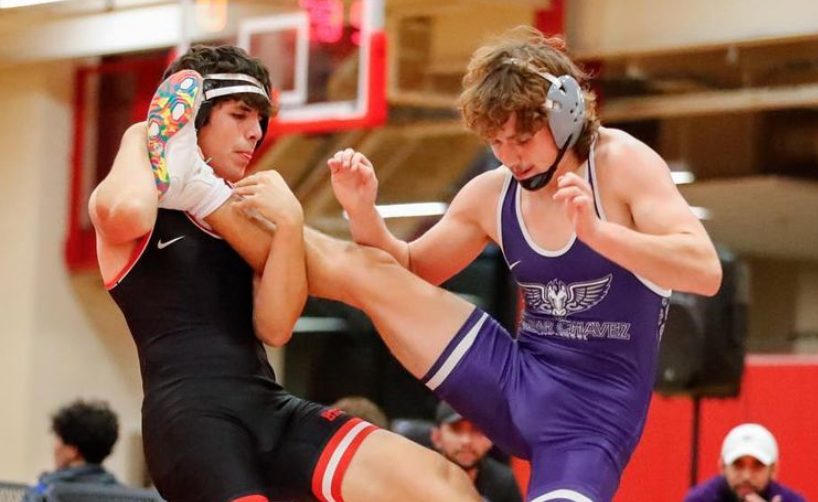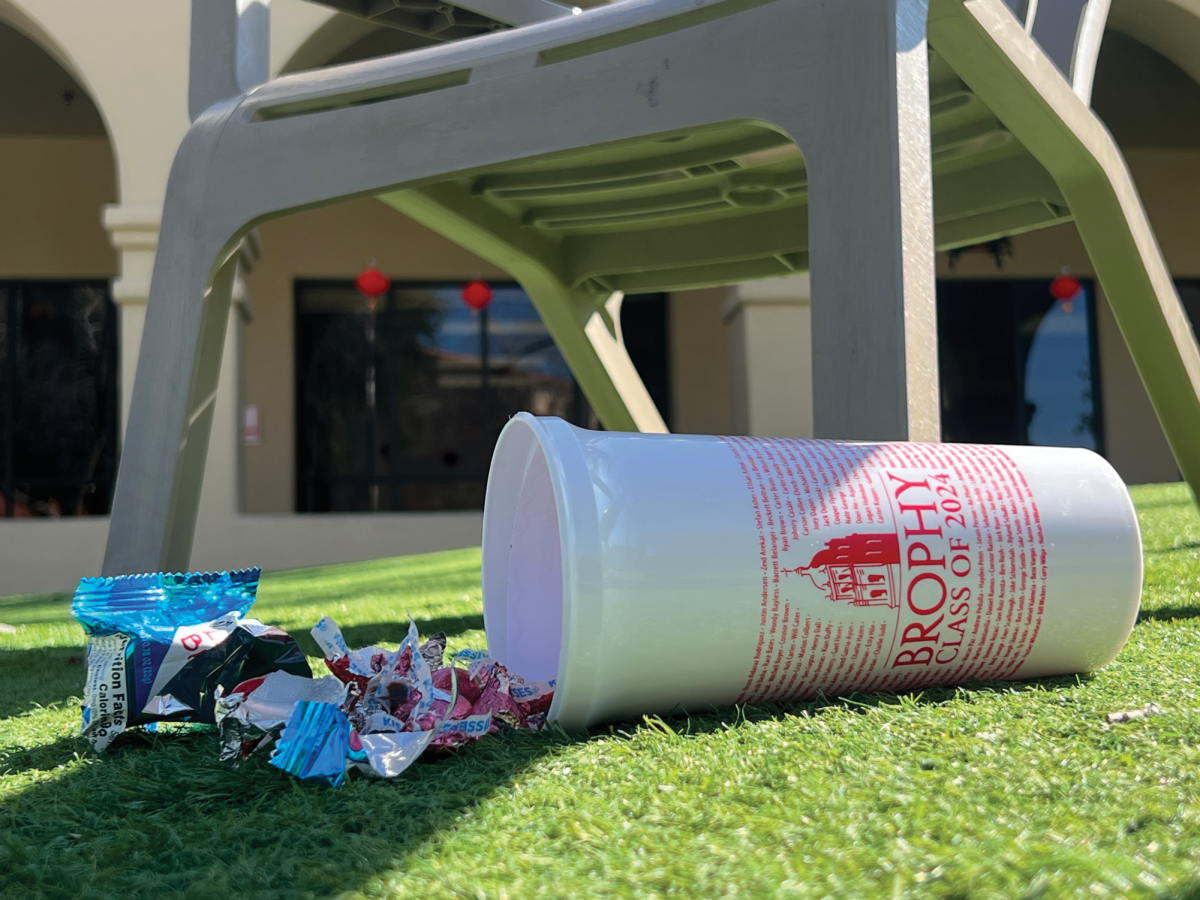By Chris Agnone ’18 & Cameron M. Bray ’16
THE ROUNDUP
For juniors and seniors looking at colleges, statistics such as average class size and student-to-faculty ratios appear commonly in promotional materials from universities.
Class size is often at the forefront of educational debate in high school and elementary school.
Schools often pride themselves in their low ratios and class sizes, believing smaller classes to be more conducive to learning than larger ones.
But is that always the case? Are smaller classes always preferable?
At Brophy the average class size is between 17 and 30 students, according to Mr. Seamus Walsh, assistant principal for curriculum and instruction.
In terms of whether large or small classes are better, teachers and administrators say they are undecided on the issue.
With both types of classes, they say there are certain perks as well as certain disadvantages.
Mr. Walsh said that he thinks smaller classes are in general more preferable.
“There is that much more time for students to have a voice and a direct effect on the class,” he said. “Many more projects and work can be offered because the teacher has time to review and grade them.”
Mr. Paul Olson teaches some of the largest classes at Brophy: among them, freshman choir, honor choir and orchestra.
He said that while most days it’s great fun to teach 60 freshman choir students, there certainly are some disadvantages.
Decreased one-on-one time between the teacher and the student is one of them, and classroom manageability the other, he said.
“There’s a tendency for things to get unruly,” he said.
Mr. Olson said he has adopted his own method of keeping the class on track.
To combat unruliness, he created a system of daily participation points.
“Most students would rather serve JUG than see their grades go down,” Mr. Olson said.
Mr. Olson said he thinks that a class of 18 to 20 students is ideal for most subject matters, though not for a choral ensemble or a similar activity that relies on a larger number of students.
Ms. Rosalinda Freeman teaches one of the smallest classes at Brophy: AP Spanish Literature, which meets Period 6 and has seven students.
She said that while increased student-teacher interaction is a positive for smaller classes, there are still certain negatives.
“There is a positive and negative to teaching a smaller class,” Ms. Freeman said. “The positive is that I really get to know my students well. The negative is that there are some activities that you just cannot do because there is not enough variable in the group.”
One example of an activity that is not possible in a seven-person class is group projects.
In her larger Spanish 2 class, Ms. Freeman incorporates group collaboration that would just not be possible in her AP Spanish Literature class.
Ms. Freeman said that one class size is not better from the other; for her they are just different.























